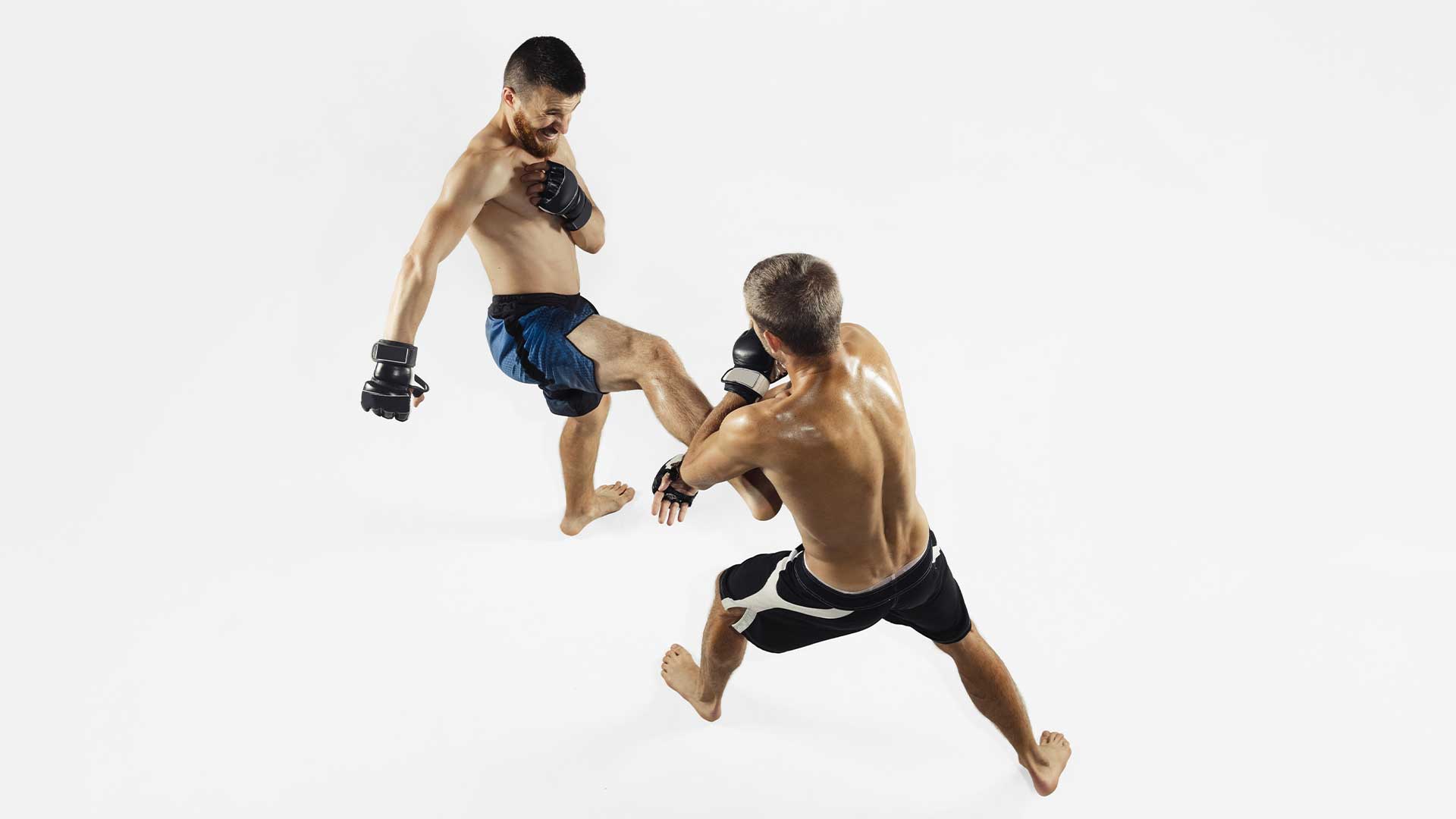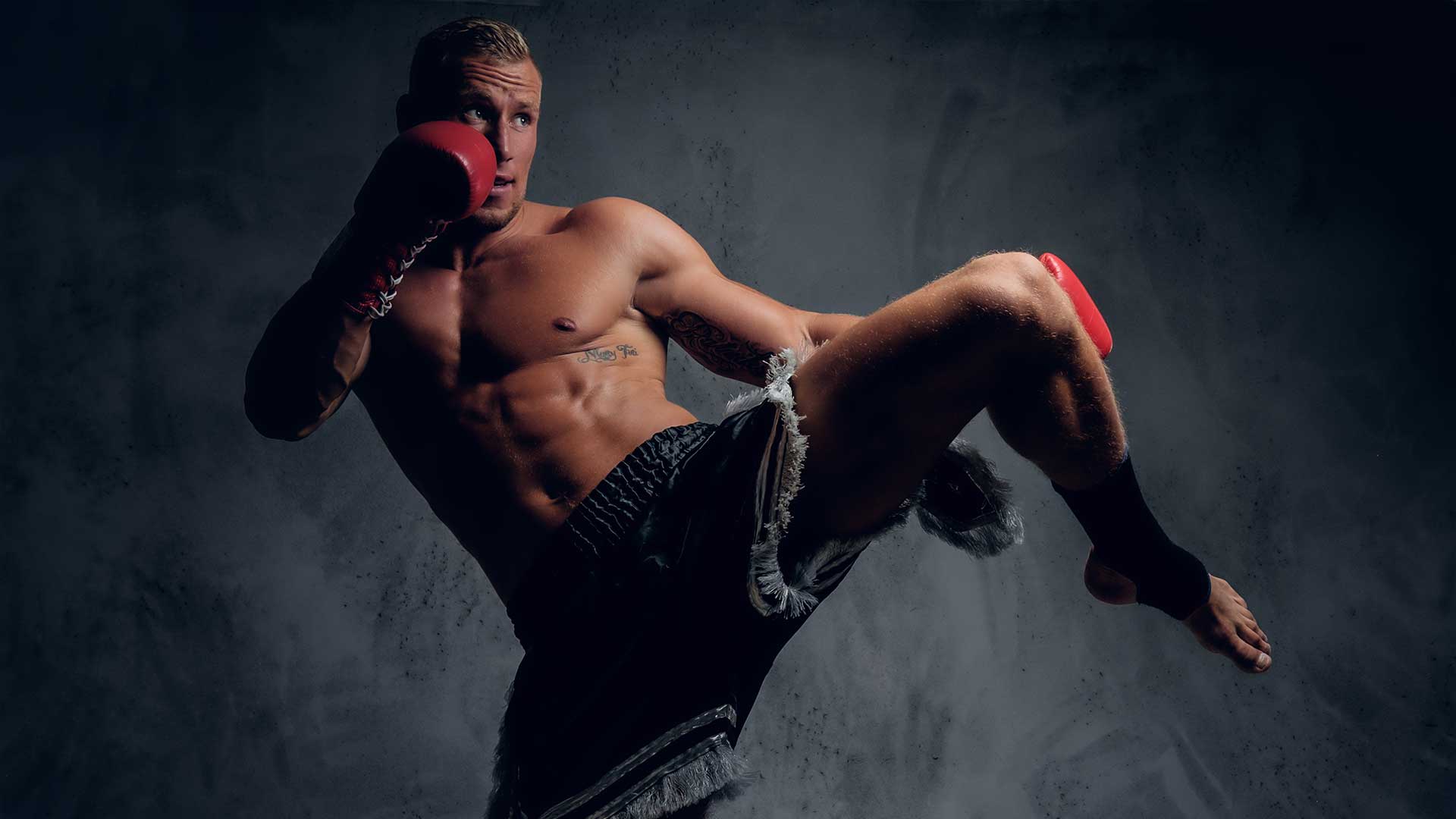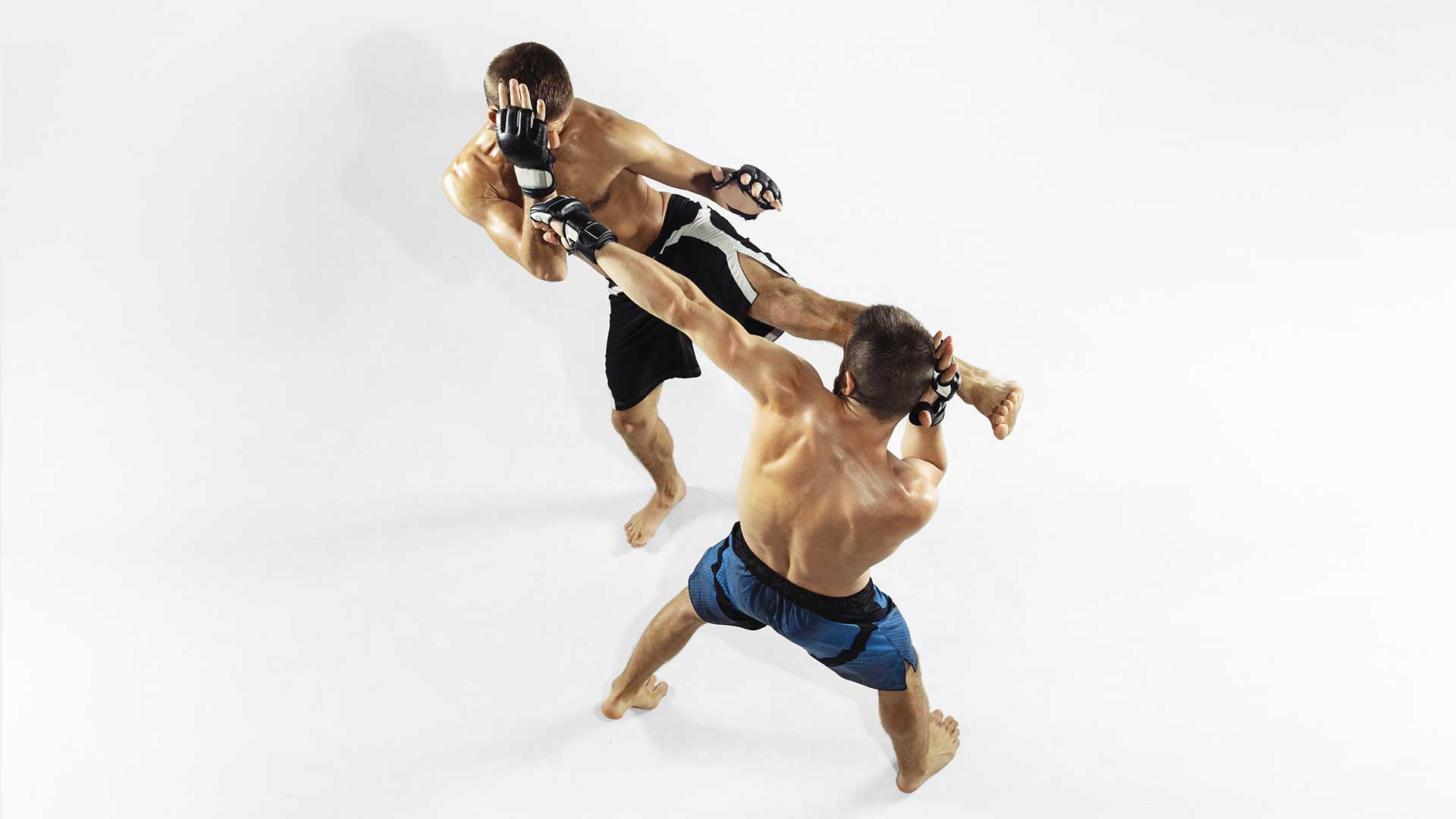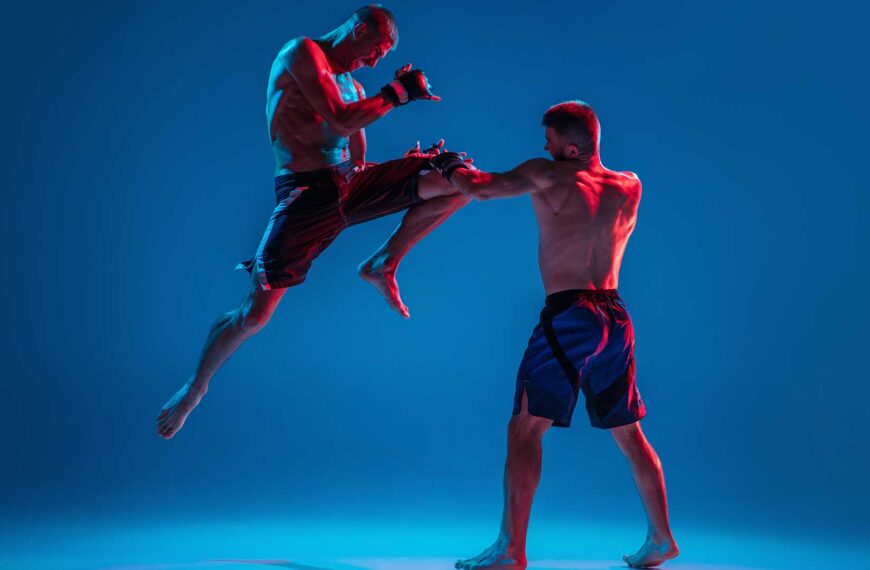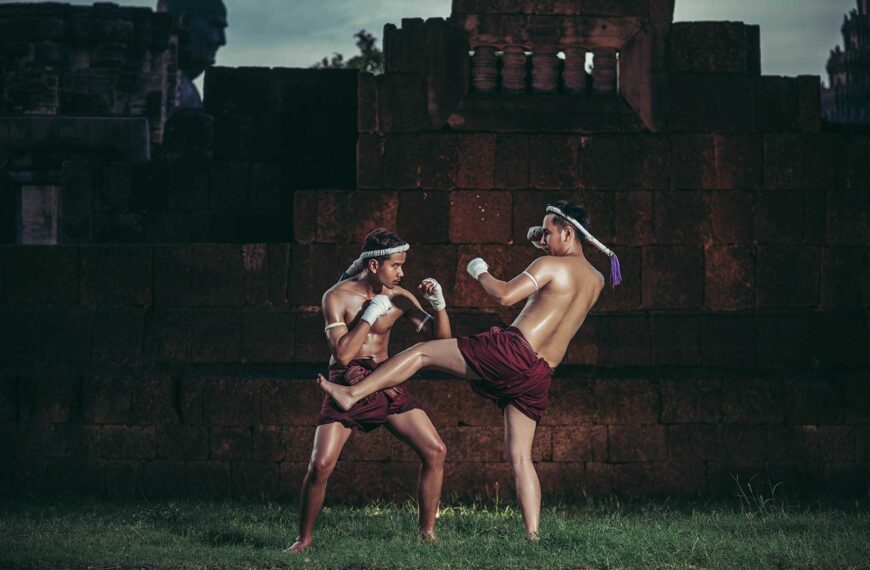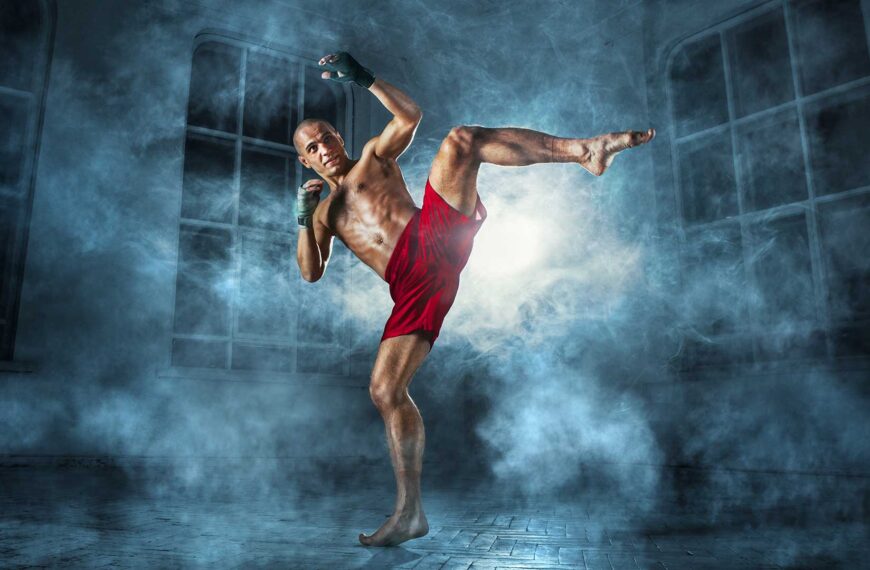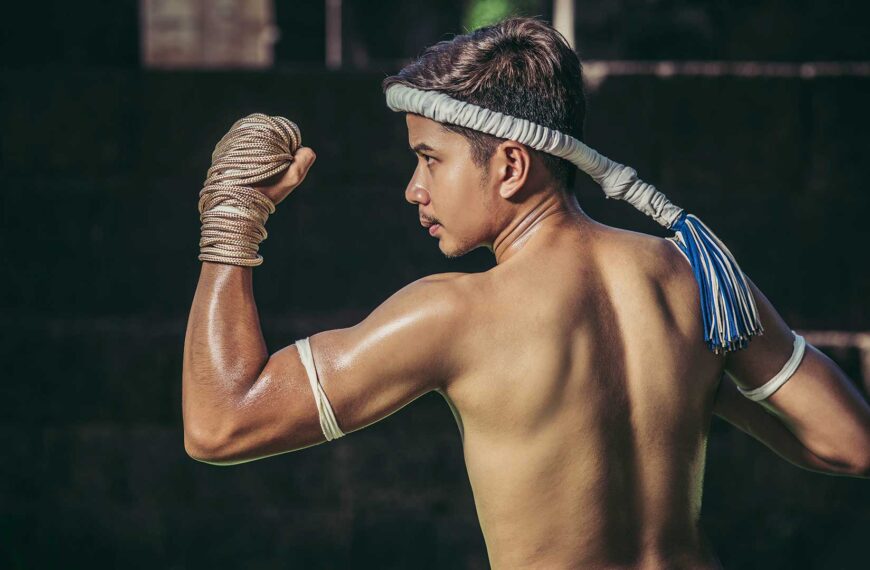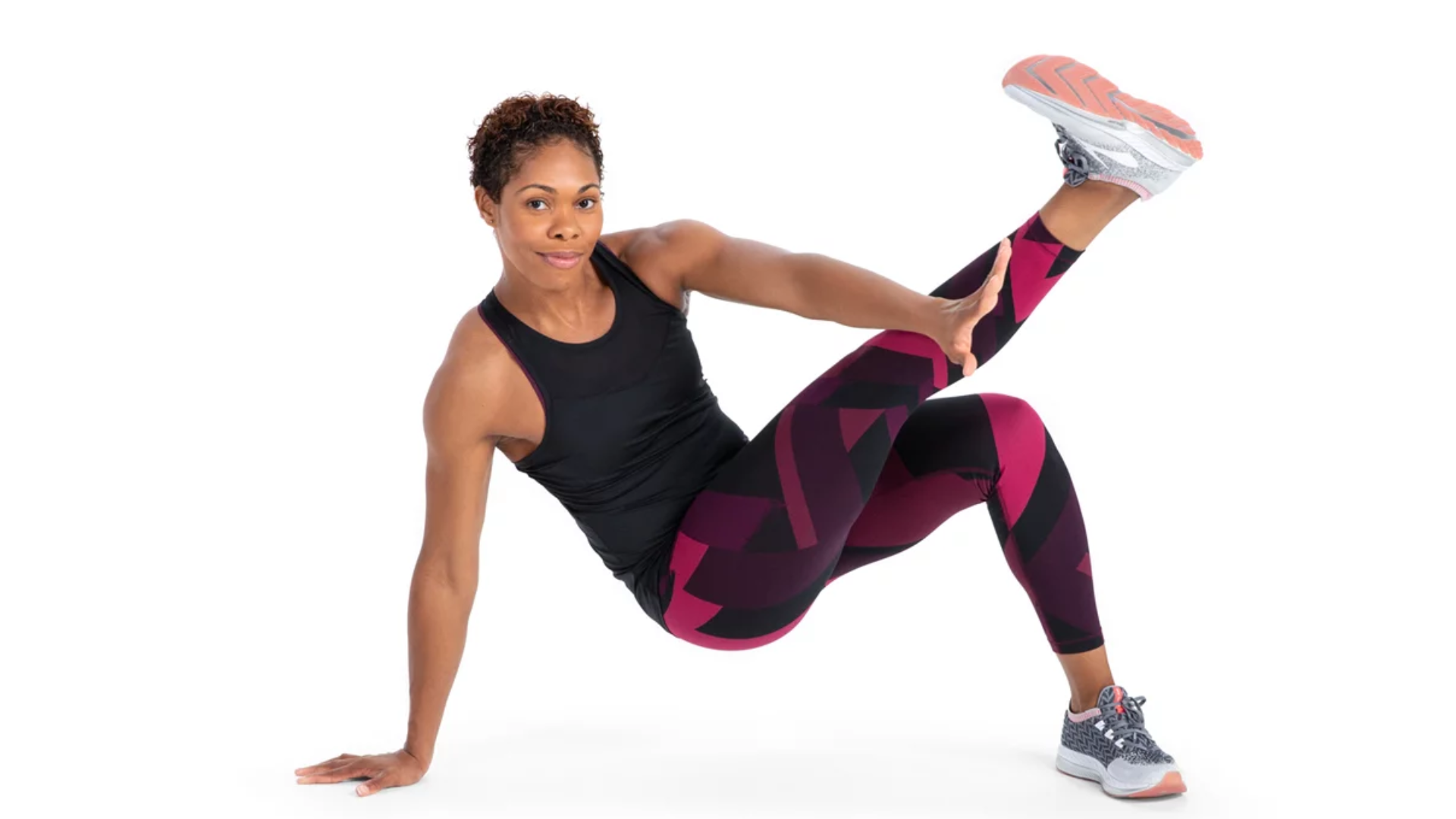What You Will Learn About Muay Thai Basic Moves
- The importance of mastering the basic moves before advancing to more advanced techniques.
- Step-by-step instructions for proper technique in punches, kicks, knee strikes, elbow strikes, defense, and clinching.
- Tips for conditioning and training, avoiding common mistakes, and progressing in Muay Thai.
Are you interested in learning the basic moves of Muay Thai? Muay Thai, also known as “The Art of Eight Limbs,” is a martial art from Thailand that has gained immense popularity in the sports niche. Known for its powerful striking techniques and effective clinching, Muay Thai has become a staple in mixed martial arts (MMA) training. In this article, we will delve into the essential basic moves of Muay Thai and provide you with a step-by-step guide on mastering them.
Stance and Footwork
A proper stance is the foundation of any martial art, and Muay Thai is no exception. The stance in Muay Thai is characterized by a balanced and stable position that allows for quick movement and effective strikes. It is important to maintain a good balance between stability and mobility, ensuring that you can both defend and attack with ease.
In Muay Thai, the stance is generally square-on to the opponent, with the feet shoulder-width apart. The lead foot should be slightly turned inward, while the rear foot is turned slightly outward. This stance allows for quick pivoting and powerful strikes.
Footwork is another crucial aspect of Muay Thai. Proper footwork enables you to move efficiently, maintain balance, and create angles for attacks. Two fundamental footwork patterns in Muay Thai are the shuffle step and pivot.
The shuffle step involves moving the lead foot forward or backward while maintaining the stance. This movement allows you to close the distance or create space between you and your opponent. The pivot is a rotational movement that helps you change angles and evade attacks. By pivoting on the lead foot, you can quickly change directions and set up powerful strikes.
Punches
Punches are an integral part of Muay Thai and can be devastating when executed with proper technique and power. There are several fundamental punches in Muay Thai: the jab, cross, hook, and uppercut.
The jab is a quick and straight punch thrown with the lead hand. It is primarily used for setting up combinations, gauging distance, and disrupting your opponent’s rhythm. The cross is a powerful punch thrown with the rear hand, generating power from the rotation of the hips and shoulders. It is a straight punch aimed at the opponent’s head or body.
The hook is a semi-circular punch thrown with a bent arm. It targets the opponent’s head or body from the side. The uppercut is an upward punch delivered from a close range and aims to strike the opponent’s chin, jaw, or body.
To execute these punches effectively, it is crucial to focus on proper technique and body mechanics. Generating power from the hips and core is key to delivering impactful punches. By rotating your hips and shoulders while maintaining a stable stance, you can generate significant force in your strikes.
Personal Story: Overcoming Challenges in Mastering Muay Thai’s Basic Moves
Personal Story: Overcoming Challenges in Mastering Muay Thai’s Basic Moves
Punches
When I first started learning Muay Thai, mastering the basic punches was quite challenging for me. As a beginner, I struggled with the proper technique and generating power from my punches. However, with consistent practice and guidance from my instructor, I was able to overcome these challenges and improve my performance.
One of the main difficulties I faced was understanding the importance of body mechanics in generating power. My punches lacked the necessary force because I wasn’t utilizing my hips and core effectively. My instructor, Coach Sarah, emphasized the significance of engaging my entire body in every punch. She taught me to rotate my hips and pivot on my back foot, transferring the power from my lower body to my fist. As I focused on incorporating these techniques, I noticed a significant increase in the power and impact of my punches.
Another challenge I encountered was maintaining proper technique throughout the entire motion of the punch. Initially, I would often forget to fully extend my arm or keep my other hand up for protection. Coach Sarah helped me develop muscle memory through repetitive drills and constant reminders. She would correct my form and provide feedback, allowing me to understand the importance of precision and accuracy in Muay Thai punches.
Through perseverance and dedication, I gradually improved my punch technique and became more confident in my abilities. The challenges I faced in the beginning only fueled my determination to become better. Now, I can throw crisp and powerful punches with ease, thanks to the valuable guidance and support from my instructor.
Kicks
Muay Thai is renowned for its devastating kicks, which utilize the power and flexibility of the legs. There are several essential kicks in Muay Thai that every practitioner should master: the roundhouse kick, push kick, and teep.
The roundhouse kick is a powerful strike delivered with the shin or instep. It involves rotating the hips and pivoting on the supporting foot to generate maximum power. This kick can be aimed at various targets, including the opponent’s head, body, or legs.
The push kick, also known as the teep, is a front kick delivered with the ball of the foot. It is used to create distance, control the opponent’s movement, or disrupt their balance. The push kick can be executed with either the lead or rear leg, depending on the situation.
To execute kicks effectively, it is essential to focus on proper mechanics and develop strength and flexibility in the legs. Conditioning your shins through consistent practice and gradually increasing intensity will help you deliver powerful and accurate kicks.
Knee Strikes
Knee strikes are a unique aspect of Muay Thai and can be devastating in close-quarters combat. There are various knee strikes in Muay Thai, each with its own technique and application. Some common knee strikes include the straight knee, diagonal knee, and flying knee.
The straight knee is a linear knee strike aimed at the opponent’s body or head. The diagonal knee is delivered at an angle, targeting the opponent’s ribs or thighs. The flying knee is a spectacular move where the practitioner jumps forward, driving the knee into the opponent’s body or head.
Proper technique and timing are crucial for effective knee strikes. By using your hips and core to generate power, you can deliver devastating knee strikes that can incapacitate your opponent.
Elbow Strikes
Elbow strikes are one of the most lethal weapons in Muay Thai. The elbow can cause significant damage due to its sharp and hard surface. There are several types of elbow strikes in Muay Thai, including the horizontal elbow, downward elbow, and spinning elbow.
The horizontal elbow is a slashing motion delivered horizontally across the opponent’s head or body. The downward elbow is a strike that comes downward at an angle, aiming for the opponent’s head, collarbone, or shoulders. The spinning elbow involves rotating the body and striking the opponent with the elbow from an unexpected angle.
To execute elbow strikes effectively, proper technique is crucial. It is important to generate power from the rotation of the hips and shoulders while maintaining good balance and control.
Defense
While offense is important in Muay Thai, defense plays an equally vital role. Proper defense techniques can help you avoid taking unnecessary damage and create opportunities for counterattacks. Some basic defensive moves in Muay Thai include blocking, parrying, and evading.
Blocking involves using your arms to shield against strikes, minimizing the impact on your body. Parrying is a technique where you redirect your opponent’s strikes using your arms or hands. Evading involves moving your head, body, or feet to avoid incoming strikes.
Developing good reflexes and reading your opponent’s movements are essential for effective defense. By practicing defensive techniques diligently, you can become a well-rounded Muay Thai practitioner.
Clinching
Clinching is a unique aspect of Muay Thai that sets it apart from other striking martial arts. It involves close-quarters combat, where practitioners engage in a controlled grappling position. The clinch allows for devastating knee strikes, sweeps, and off-balancing techniques.
In the clinch, there are various positions and techniques that can be employed. Some common clinch positions include the double collar tie and arm control. These positions give you control over your opponent’s upper body and allow for effective knee strikes and sweeps.
Maintaining balance and control is crucial in the clinch. By utilizing proper technique and timing, you can deliver powerful knee strikes that can incapacitate your opponent.
Conditioning and Training
Physical conditioning is vital for success in Muay Thai. The demands of the sport require strength, endurance, and flexibility. Incorporating specific exercises into your training routine can help improve your overall physical fitness and enhance your performance in executing basic moves.
To improve strength, exercises such as weightlifting, bodyweight exercises, and resistance training can be beneficial. Endurance can be developed through cardiovascular exercises like running, skipping rope, and high-intensity interval training (HIIT). Flexibility can be enhanced through dynamic stretching, yoga, and regular stretching routines.
Training drills that focus on technique and speed can help you refine your basic moves. Shadow boxing, pad work, and sparring with a partner are effective training methods that allow you to practice and hone your skills.
Common Mistakes and How to Avoid Them
As with any martial art, beginners in Muay Thai often make common mistakes when practicing basic moves. These mistakes can hinder progress and potentially lead to injuries. It is essential to be aware of these mistakes and actively work on avoiding them.
Some common mistakes include telegraphing strikes, neglecting defense, and relying solely on strength rather than technique. To avoid telegraphing, focus on being relaxed and fluid in your movements. Pay equal attention to defense techniques to protect yourself during exchanges. Lastly, prioritize proper technique over brute strength to optimize your strikes.
Seeking guidance from qualified instructors and regularly reviewing your techniques can help you identify and correct these mistakes. Consistent practice and self-awareness are key to improving your performance.
Progression and Development
Mastering the basic moves in Muay Thai is just the beginning of your journey. As you become more proficient, you can progress to more advanced techniques and strategies. However, it is crucial to approach progression with patience, discipline, and dedication.
Consistency in practice is essential for gradual improvement. Regularly attending classes or training sessions under the guidance of qualified instructors will help you refine your skills and learn new techniques. Setting specific goals and tracking your progress can also provide motivation and a sense of accomplishment.
Remember that mastery in Muay Thai is a lifelong pursuit. Embrace the process, stay dedicated, and enjoy the journey of continuous growth and development.
Conclusion
In conclusion, mastering the basic moves in Muay Thai is the foundation for becoming a skilled practitioner. From the proper stance and footwork to punches, kicks,
